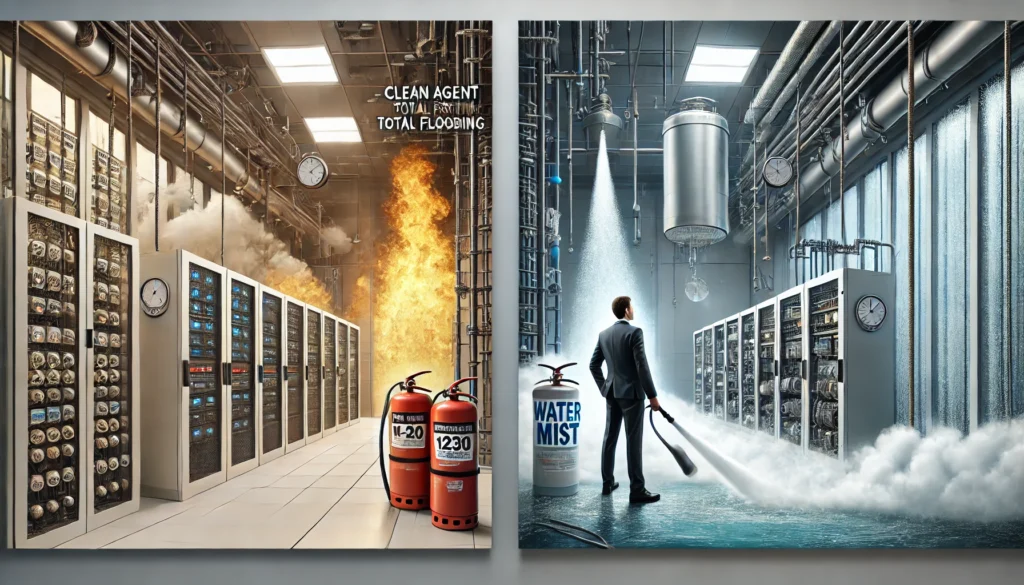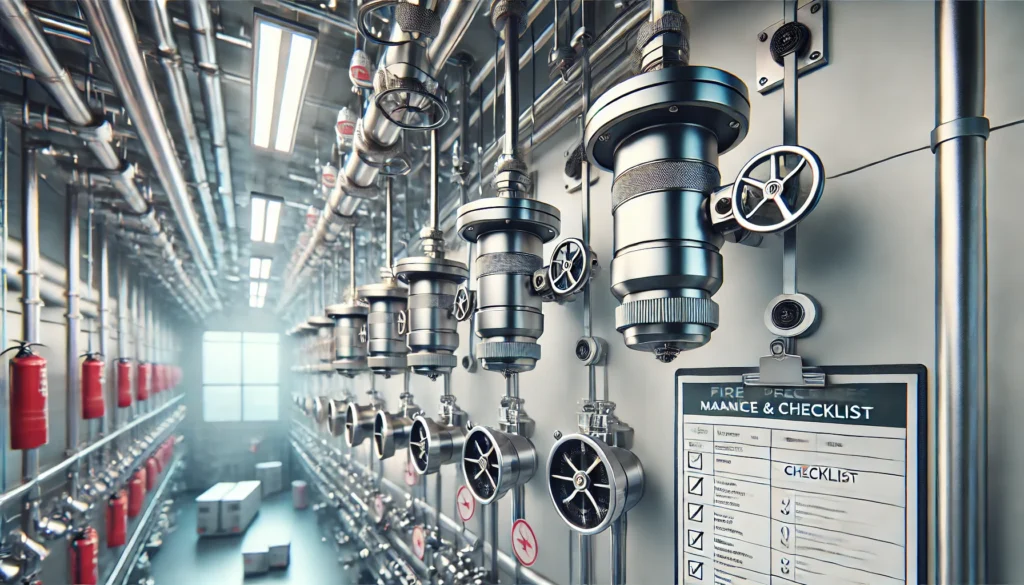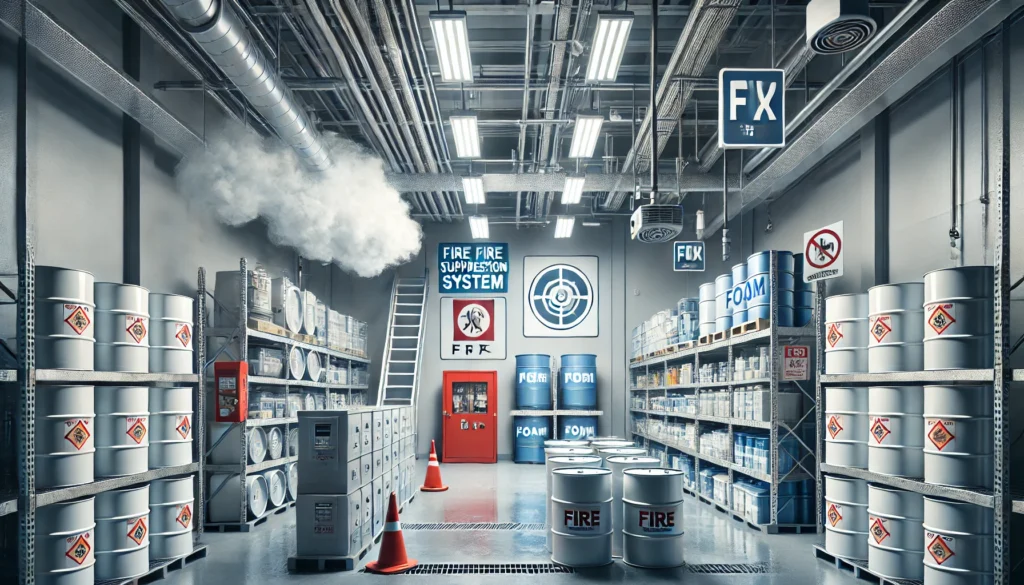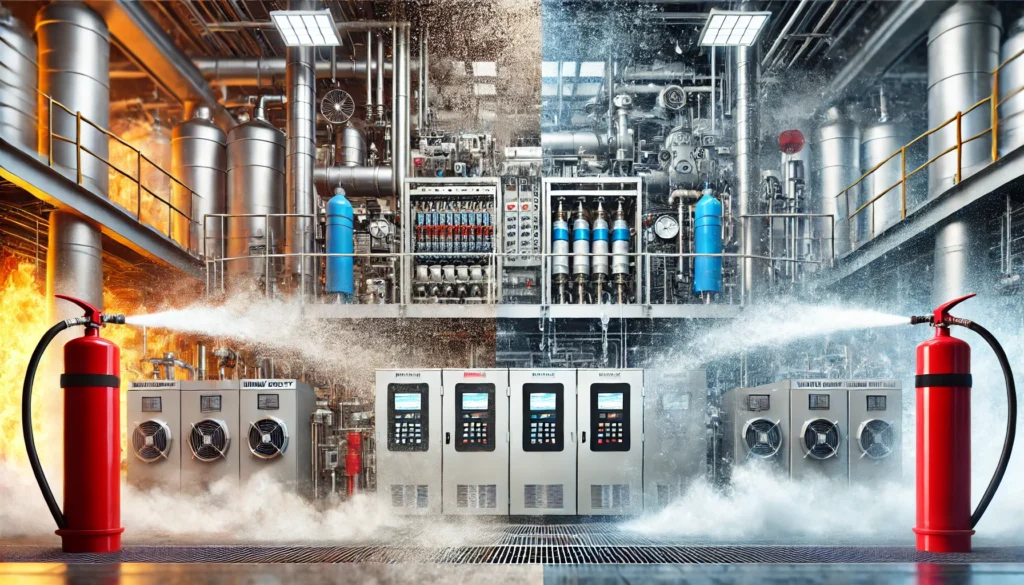Fire Suppression System for Boiler Rooms
Boilers are essential in many industrial and commercial facilities, but they also pose a significant fire and explosion risk due to high temperatures, pressurized systems, and flammable fuel sources. Implementing effective fire suppression strategies in boiler rooms is not just smart—it’s critical for safety and NFPA compliance. 1. Fire Risks in Boiler Rooms 2. Recommended […]









